The global fascination with exotic pets has created a complex intersection between wildlife conservation and pet ownership. Each year, millions of animals are trafficked across international borders to satisfy the growing demand for unusual and rare pets. This illicit trade not only threatens biodiversity and ecological balance but also shapes pet ownership trends in ways many consumers never consider. Behind the cute exotic pet videos on social media and the allure of owning something unique lies a dark industry that contributes to species extinction, spreads disease, and often results in animal suffering. Understanding the relationship between illegal wildlife trafficking and pet trends is essential for responsible pet ownership and effective conservation efforts in our increasingly connected world.
The Scale of the Illegal Wildlife Trade

The illegal wildlife trade represents one of the largest black markets globally, estimated to be worth between $7-23 billion annually according to various international organizations. This massive industry ranks alongside drug trafficking, arms dealing, and human trafficking in terms of profitability and criminal enterprise involvement. Wildlife trafficking affects thousands of species, from exotic birds and reptiles to mammals and amphibians, with millions of individual animals captured from the wild each year. What many pet owners don’t realize is that for every exotic animal that survives to reach a pet store or private collection, numerous others die during capture or transport, magnifying the ecological impact of the trade.
Social Media’s Role in Driving Exotic Pet Demand
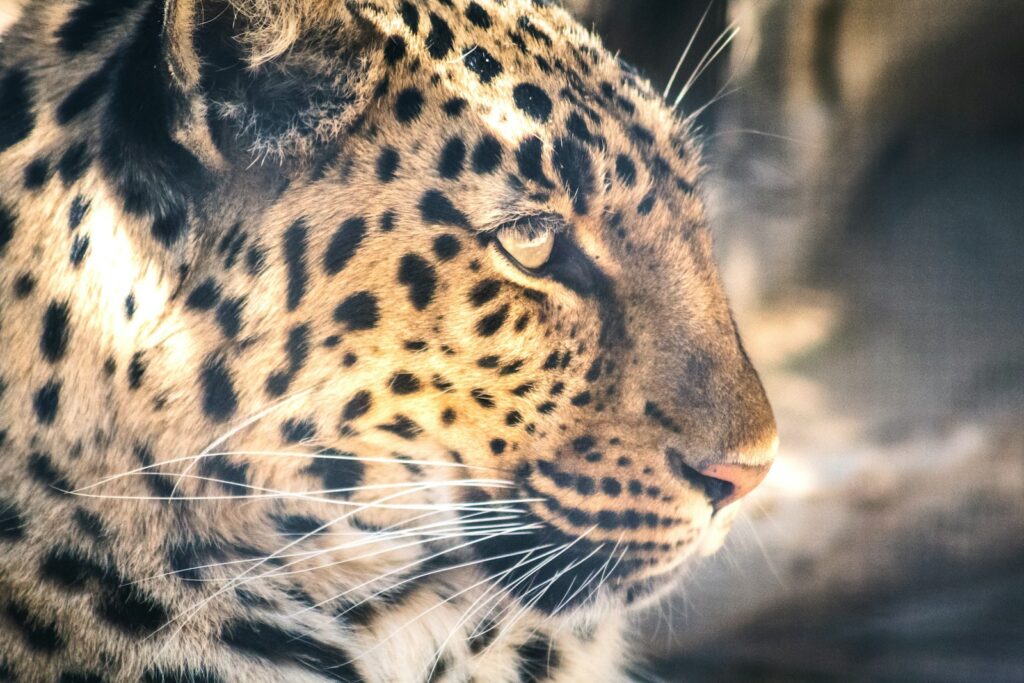
The rise of social media platforms has dramatically transformed how exotic pets are marketed and perceived by potential owners. Viral videos showing slow lorises being “tickled,” sugar gliders in pouches, or pet foxes have created surges in demand for these species without conveying the complex needs and legal issues surrounding their ownership. Influencers showcasing rare animals as pets often unintentionally contribute to trafficking by normalizing the ownership of wild species. Research has shown direct correlations between trending wildlife videos and spikes in Google searches for “buying” those animals, demonstrating social media’s power in driving consumer behavior. The instantaneous nature of these platforms makes them particularly effective at creating rapid demand shifts that wildlife protection legislation typically lags behind.
The Deceptive “Captive-Bred” Claim
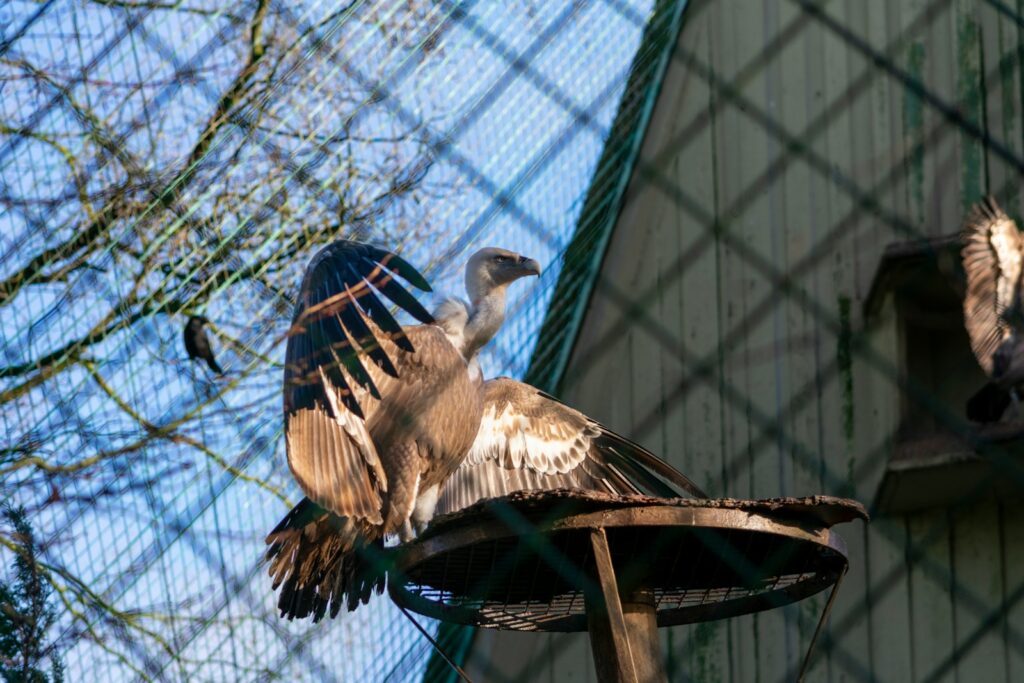
Many exotic animals in the pet trade are marketed as “captive-bred” to give the appearance of legitimacy, when in fact they were captured from the wild. This false labeling creates a serious enforcement challenge as genuinely captive-bred animals may be legal while wild-caught specimens of the same species are prohibited. Sophisticated trafficking networks have developed laundering systems where wild-caught animals are filtered through breeding facilities to obtain fraudulent documentation claiming captive origin. For consumers, even with the best intentions, distinguishing truly captive-bred specimens from laundered wild animals can be nearly impossible without specialized knowledge. This deception not only undermines conservation efforts but also frequently leaves pet owners unknowingly participating in wildlife crime.
Popular Species in the Illegal Pet Trade
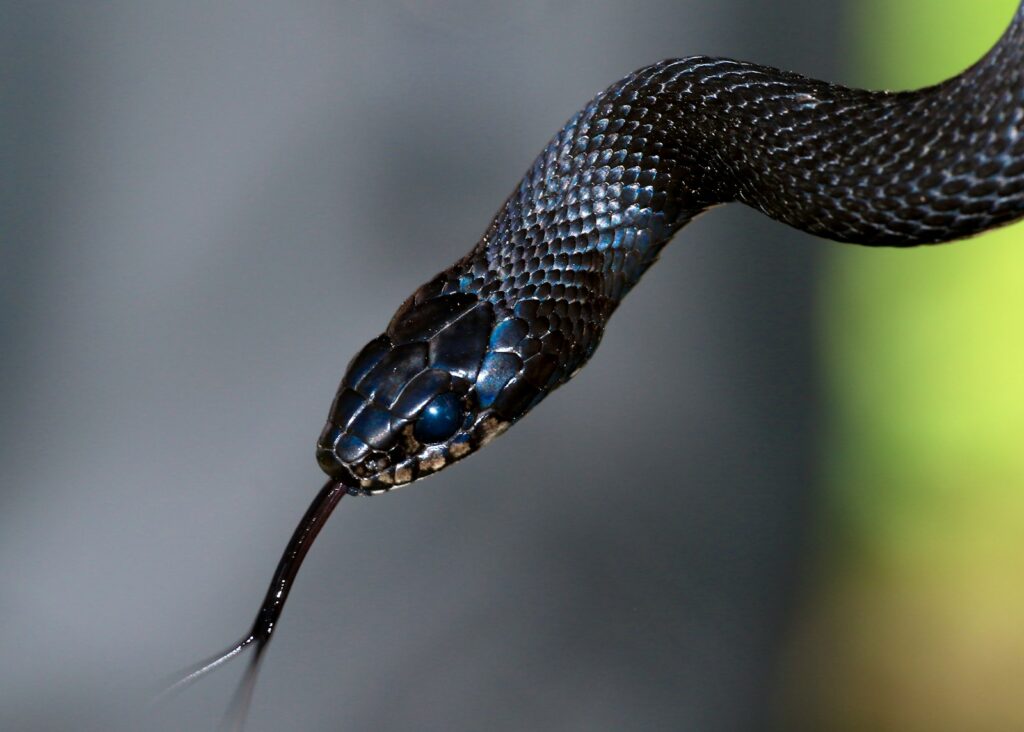
Certain animal groups face particularly intense trafficking pressure due to their popularity in the exotic pet market. Reptiles, especially rare color morphs of pythons, unique tortoises, and colorful lizards, represent a significant portion of the illegal trade, with specimens sometimes selling for tens of thousands of dollars. Primates like capuchin monkeys and slow lorises continue to be trafficked despite widespread bans, often suffering teeth removal and other mutilations to make them “suitable” pets. Exotic birds, particularly parrots from the Amazon Basin and cockatoos from Indonesia, face severe population declines due to persistent demand from collectors and pet enthusiasts. The pet trade has driven several species, including the Spix’s macaw and black-backed parrotfinch, to near extinction in the wild while specimens continue to appear in private collections.
Trendy Pets and Conservation Consequences
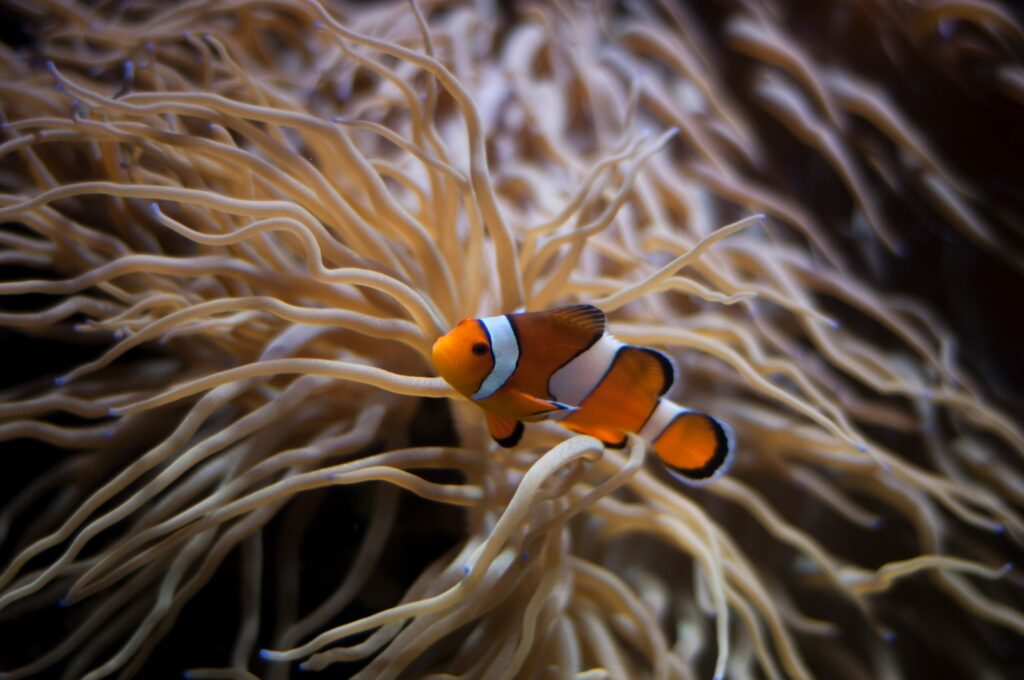
The connection between popular media and wildlife trafficking creates devastating boom-and-bust cycles for affected species. Following the release of “Finding Nemo” in 2003, clownfish populations in some regions declined by up to 75% as demand for the species surged among aquarium enthusiasts. Similarly, the Harry Potter series created unprecedented demand for snowy owls, leading to increased trafficking of these protected birds. When specific animals become trendy, poaching pressure intensifies rapidly, sometimes overwhelming wild populations before conservation measures can be implemented. The ecological consequences extend beyond the targeted species, as removing key predators, pollinators, or seed dispersers disrupts entire ecosystems and food webs that evolved with these species.
Disease Transmission and Public Health Concerns

The illegal wildlife trade poses serious public health risks through potential zoonotic disease transmission from wildlife to humans. Trafficked animals bypass quarantine procedures and veterinary screenings that legal imports undergo, creating pathways for novel pathogens to enter new regions. Documented cases include monkeypox outbreaks in the United States linked to illegally imported African rodents, and salmonella infections from smuggled reptiles. The COVID-19 pandemic, while not directly linked to the pet trade, demonstrates how wildlife trafficking pathways can facilitate disease jumps from animals to humans with global consequences. Public health experts consistently identify the unregulated movement of wildlife as a significant risk factor for future pandemic emergence.
The Welfare Cost for Trafficked Animals
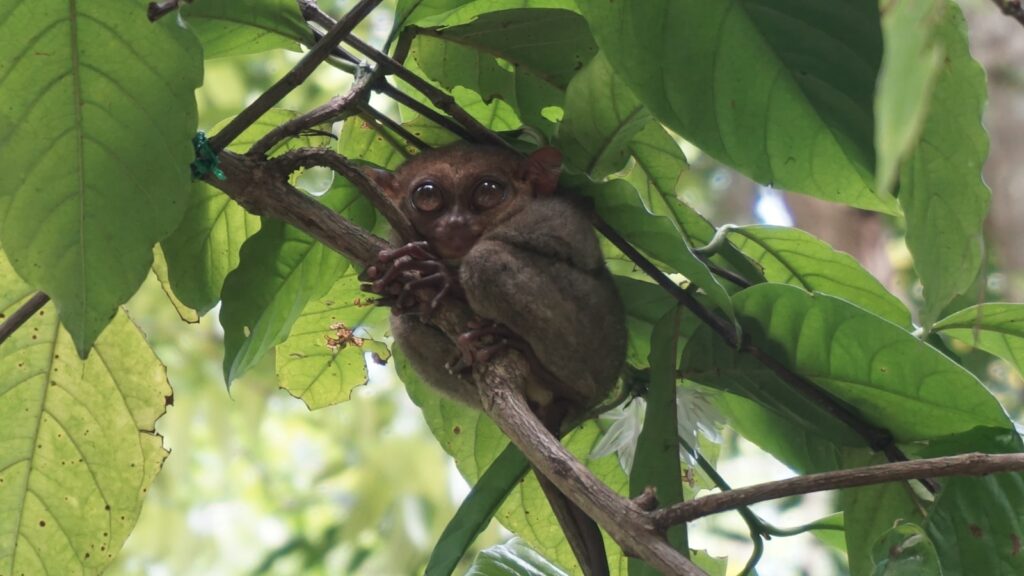
The journey from the wild to a private home inflicts extreme suffering on trafficked animals, with mortality rates often exceeding 50% during capture and transport. Common smuggling methods include sedating animals and concealing them in luggage, shipping containers, or even taped to smugglers’ bodies, frequently resulting in suffocation, dehydration, or stress-related deaths. Survivors often suffer permanent physical and psychological damage from these experiences, leading to behavioral problems and health issues throughout their lives. Most exotic animals have specialized dietary, environmental, and social needs that typical pet owners cannot meet, resulting in premature death even for those who survive the trafficking process. This welfare catastrophe remains largely invisible to consumers who only see the end product – a seemingly healthy exotic pet in a store or online listing.
Legal Frameworks and Enforcement Challenges
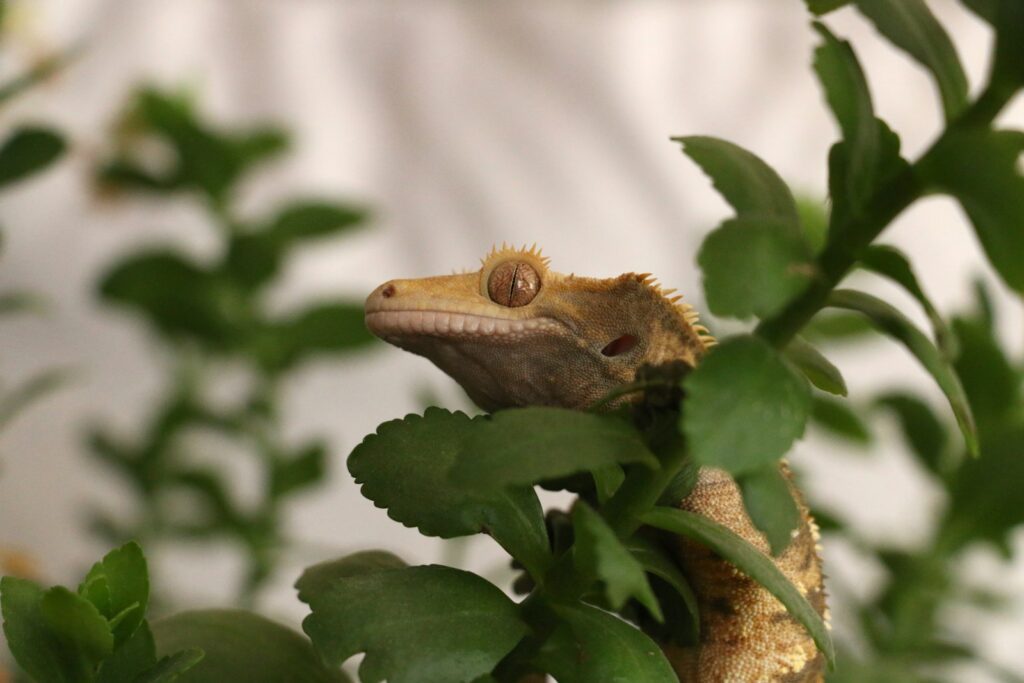
International wildlife trade is regulated primarily through CITES (the Convention on International Trade in Endangered Species of Wild Fauna and Flora), which categorizes species according to their conservation status and sets trade restrictions accordingly. However, enforcement of these regulations varies dramatically between countries, with many lacking the resources or political will to prioritize wildlife crime. Border inspections typically check less than 10% of wildlife shipments, creating low-risk opportunities for smugglers who face minimal chances of detection. When traffickers are caught, penalties often remain insufficient to deter the crime, with financial sanctions frequently less than the profit potential from a single successful shipment. These enforcement gaps create a situation where wildlife trafficking remains a high-profit, low-risk criminal enterprise despite increasing international attention.
The Price Paradox: How Protection Can Increase Value
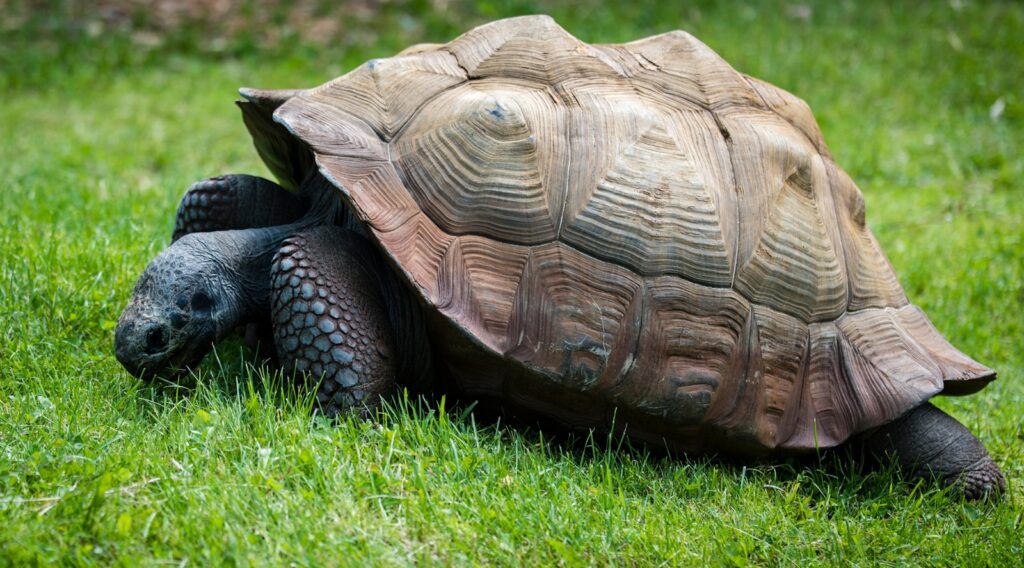
Conservation measures intended to protect species can sometimes backfire by increasing their black market value through what economists call the “anthropogenic Allee effect.” When a species receives new protection status or trade restrictions, its perceived rarity and exclusivity in the pet market often increases, driving up prices and creating stronger financial incentives for poaching. Examples include the Madagascar ploughshare tortoise, whose price skyrocketed to over $30,000 per animal after receiving heightened protection status. This paradox creates complex challenges for conservationists and policymakers trying to balance visibility for threatened species with avoiding inadvertent price signals to the black market. Collectors’ desire for rarity means the most endangered species often face the most intense trafficking pressure, creating a vicious cycle that can accelerate extinction.
The Rise of Luxury Hybrid Pets
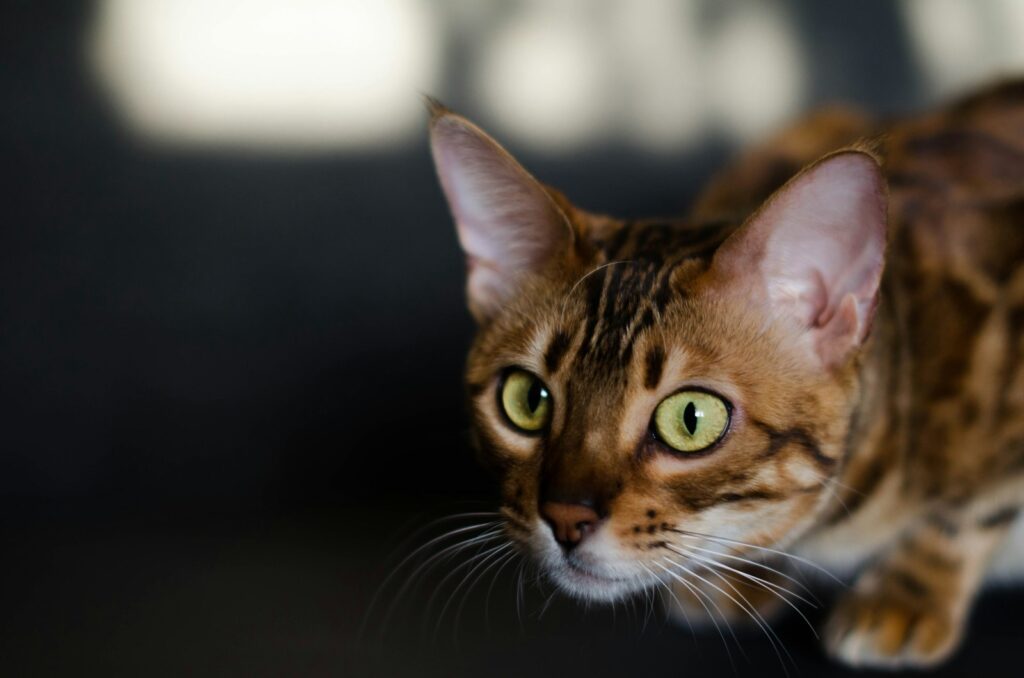
A concerning trend within the exotic pet trade involves the development of hybrid animals marketed as exclusive luxury pets. Species like wolf-dogs, Bengal cats (domestic cat and Asian leopard cat hybrids), and various exotic cat hybrids command premium prices while existing in regulatory gray areas in many jurisdictions. These animals often inherit wild temperaments and needs while lacking the legal protections of either fully wild or fully domestic animals. The hybrid pet trend has created new trafficking pressure on wild felid populations to obtain genetic material for breeding operations. Many hybrid animals end up abandoned or surrendered to sanctuaries when owners realize they cannot manage their wild behaviors, creating secondary animal welfare and conservation concerns.
Alternatives to Exotic Pet Ownership

For consumers drawn to unique pets, numerous ethical alternatives exist that don’t contribute to wildlife trafficking. Domesticated animals with unusual appearances or traits, like Devon Rex cats or hairless dog breeds, can satisfy the desire for distinctive pets without the ethical and legal issues of exotic ownership. Supporting accredited zoos and conservation organizations provides opportunities to connect with wild animals while contributing to their protection rather than exploitation. Virtual adoption programs allow animal enthusiasts to support specific endangered animals while receiving updates and photos without the animals leaving their natural habitats. These alternatives provide the emotional connection many exotic pet seekers desire while aligning with conservation goals rather than undermining them.
Consumer Education and Responsible Choices

Addressing the demand side of illegal wildlife trade requires comprehensive consumer education about the hidden costs of exotic pet ownership. Potential pet owners should research the legal status of any unusual species before purchase, including both federal regulations and local laws which often restrict species legal at the national level. Understanding an animal’s natural history, including its social structure, dietary needs, and spatial requirements, helps consumers recognize when pets are being marketed with unrealistic care expectations. Supporting certification systems for legitimate captive breeding operations helps create market distinction between legal and illegal sources of exotic species. Ultimately, informed consumer choices represent one of the most powerful tools against wildlife trafficking, as reducing demand undermines the financial incentives driving the trade.
The Future of Exotic Pet Ownership
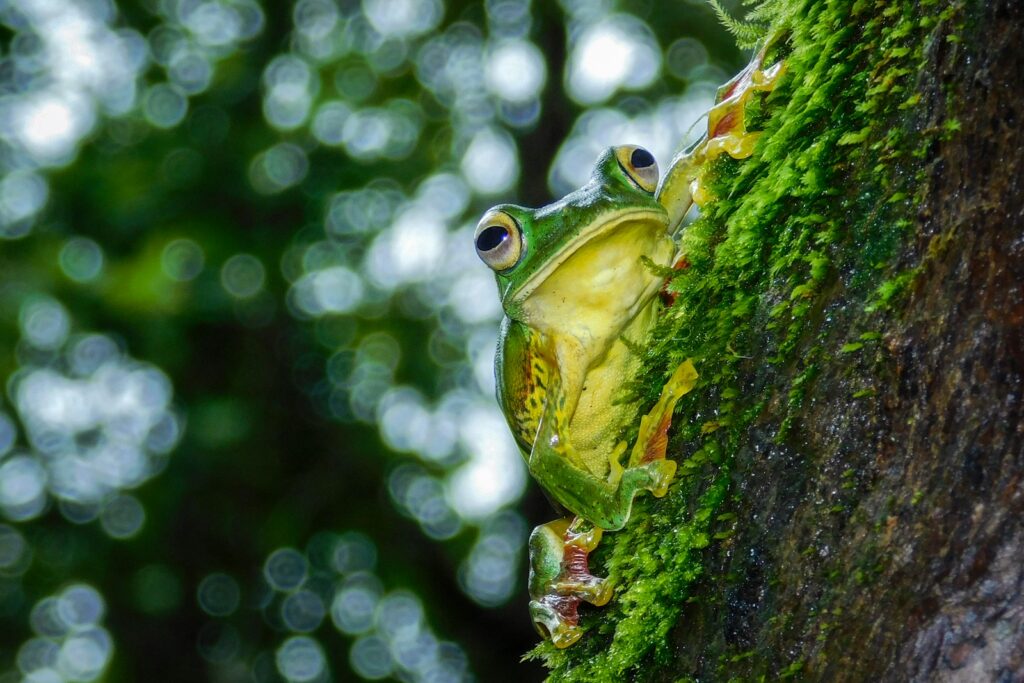
The relationship between wildlife trafficking and pet trends stands at a crossroads, with potential paths toward either increased regulation or continued exploitation. Emerging technologies like DNA testing to verify captive breeding claims and blockchain certification of animal origins show promise for creating more transparent and traceable exotic pet markets. Strengthened international cooperation, including wildlife enforcement networks and harmonized penalties, continues to close loopholes exploited by trafficking networks. However, climate change and habitat loss are simultaneously increasing extinction pressures on many species targeted by the pet trade, raising the stakes for effective regulation. The decisions made by consumers, policymakers, and enforcement agencies in the coming decade will likely determine whether exotic pet ownership evolves toward sustainability or continues to drive biodiversity loss.
In conclusion, the illegal wildlife trade has profoundly shaped pet ownership trends while creating serious conservation challenges worldwide. By understanding the complex connections between social media, consumer demand, animal welfare, and species conservation, potential pet owners can make more responsible choices. As wildlife continues to face unprecedented pressures from habitat loss and climate change, ensuring that pet ownership trends don’t further threaten vulnerable species becomes increasingly crucial. Through education, enforcement, and ethical alternatives, it’s possible to satisfy human desires for animal companionship without contributing to the extinction crisis that threatens so much of the world’s biodiversity.

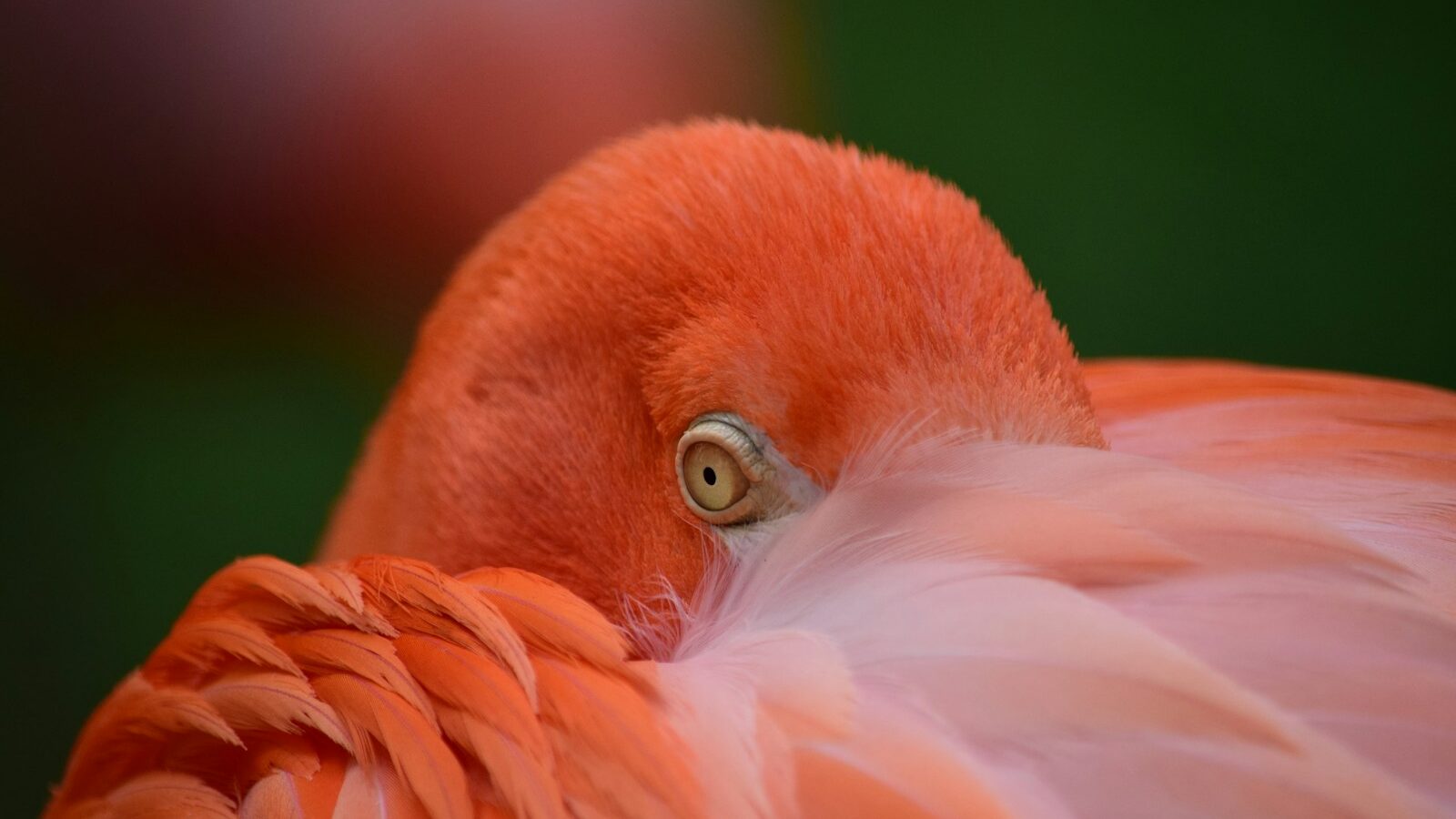
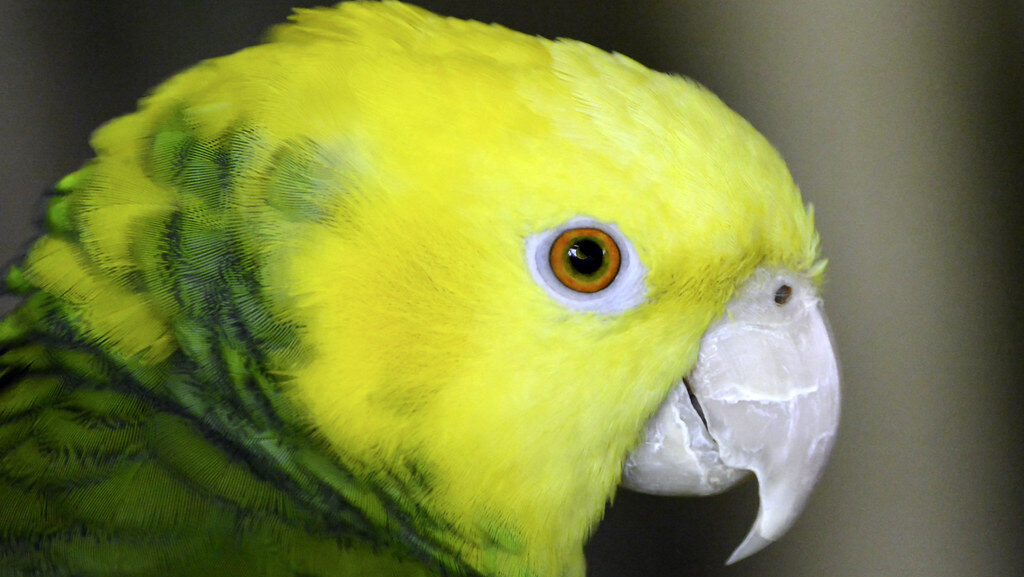

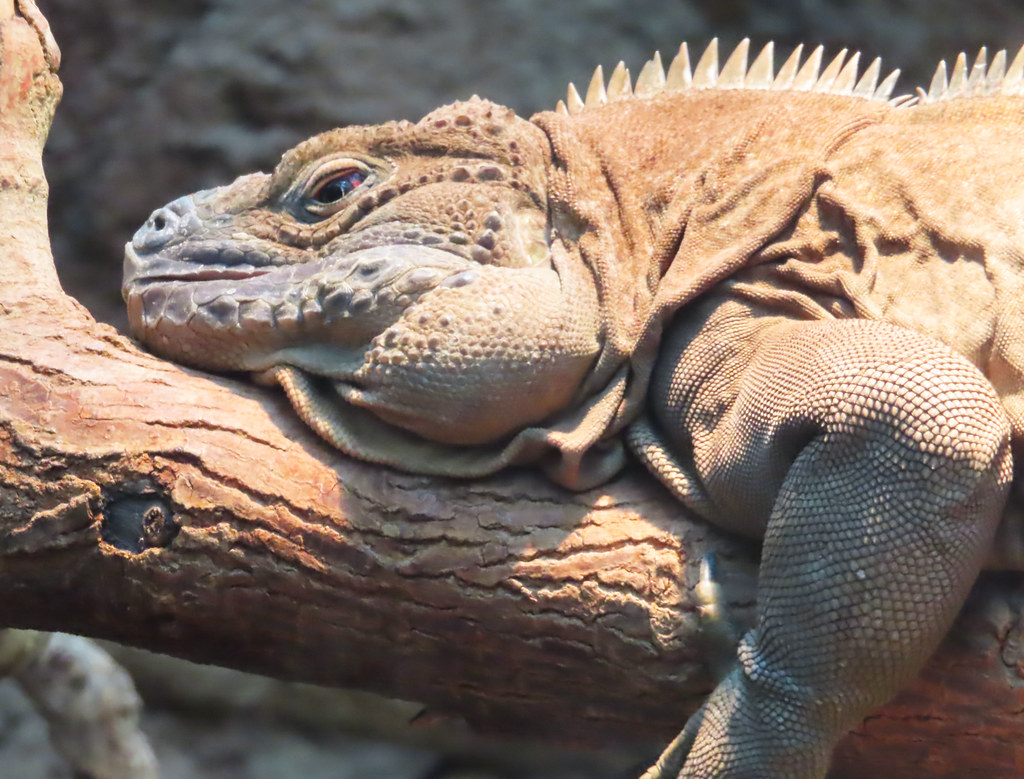
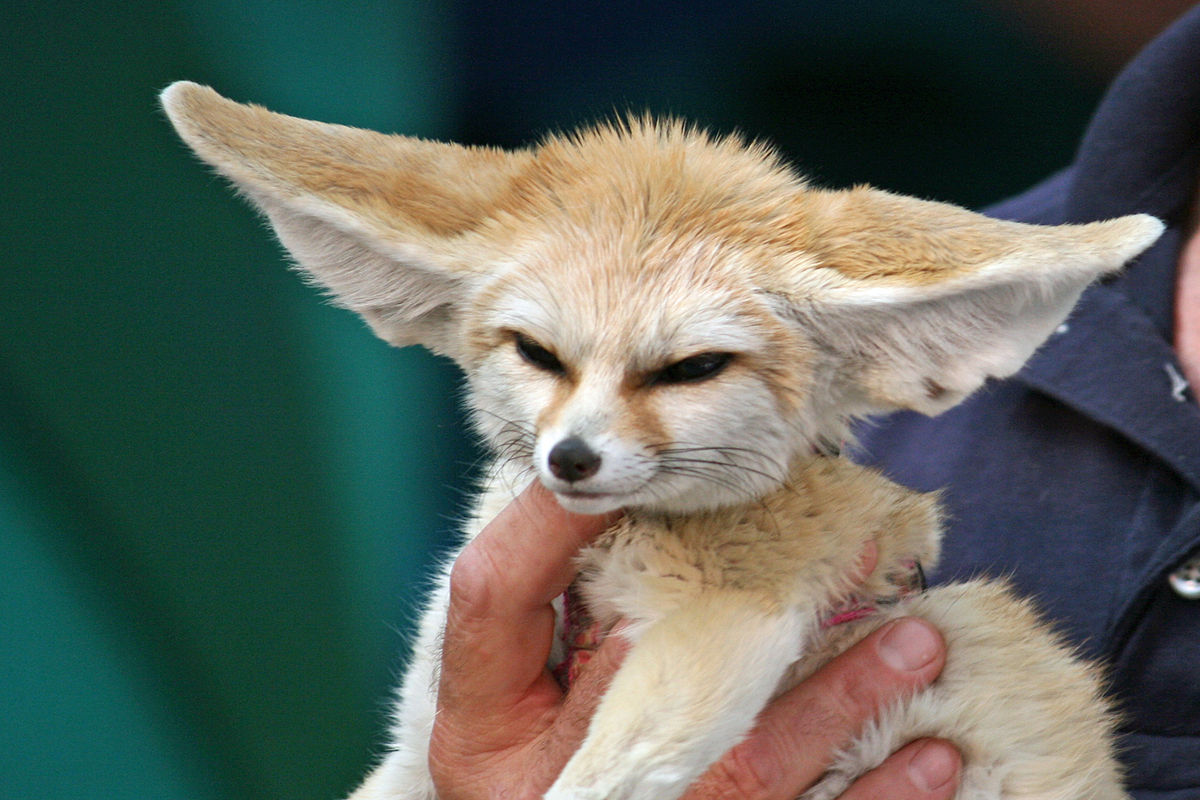
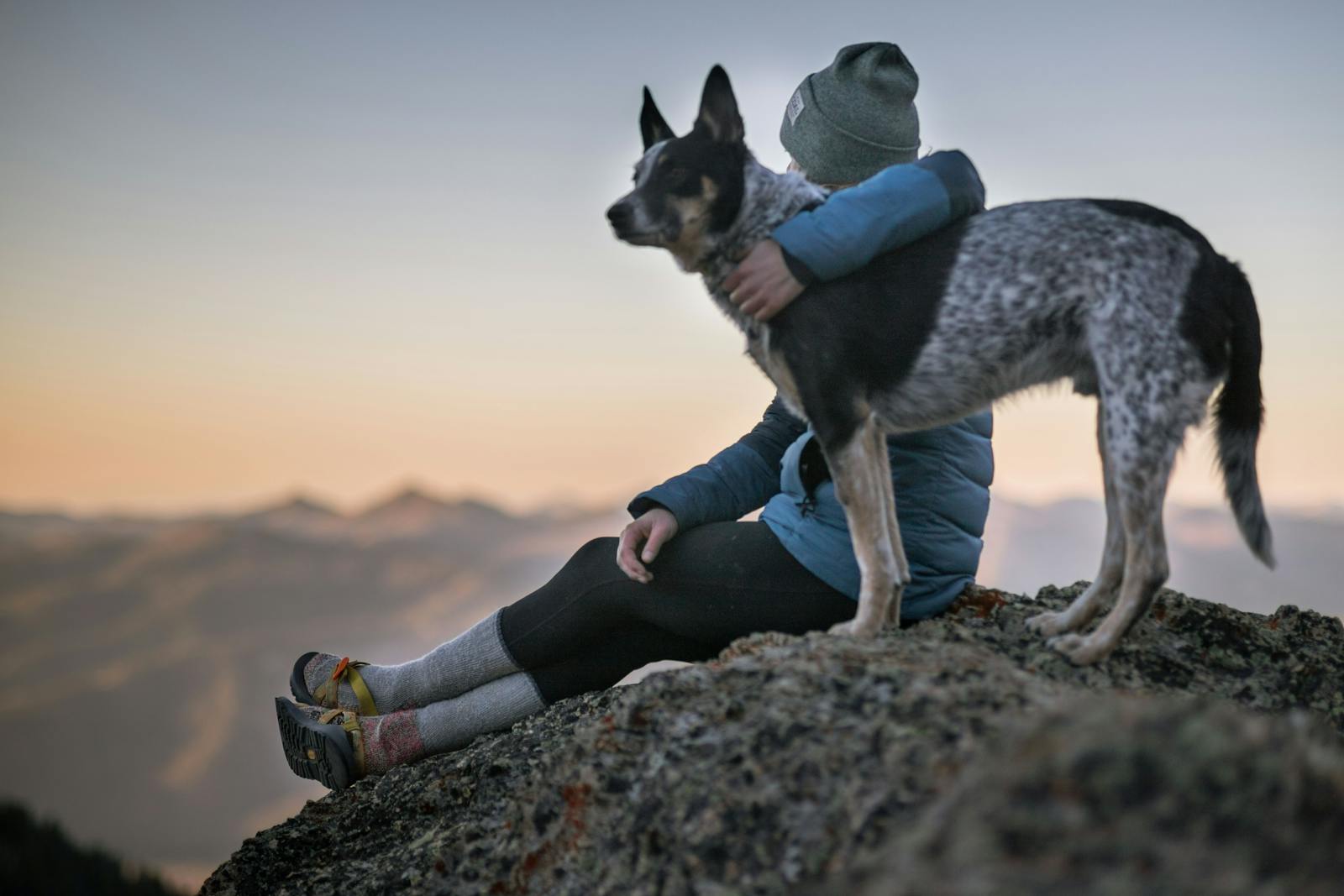
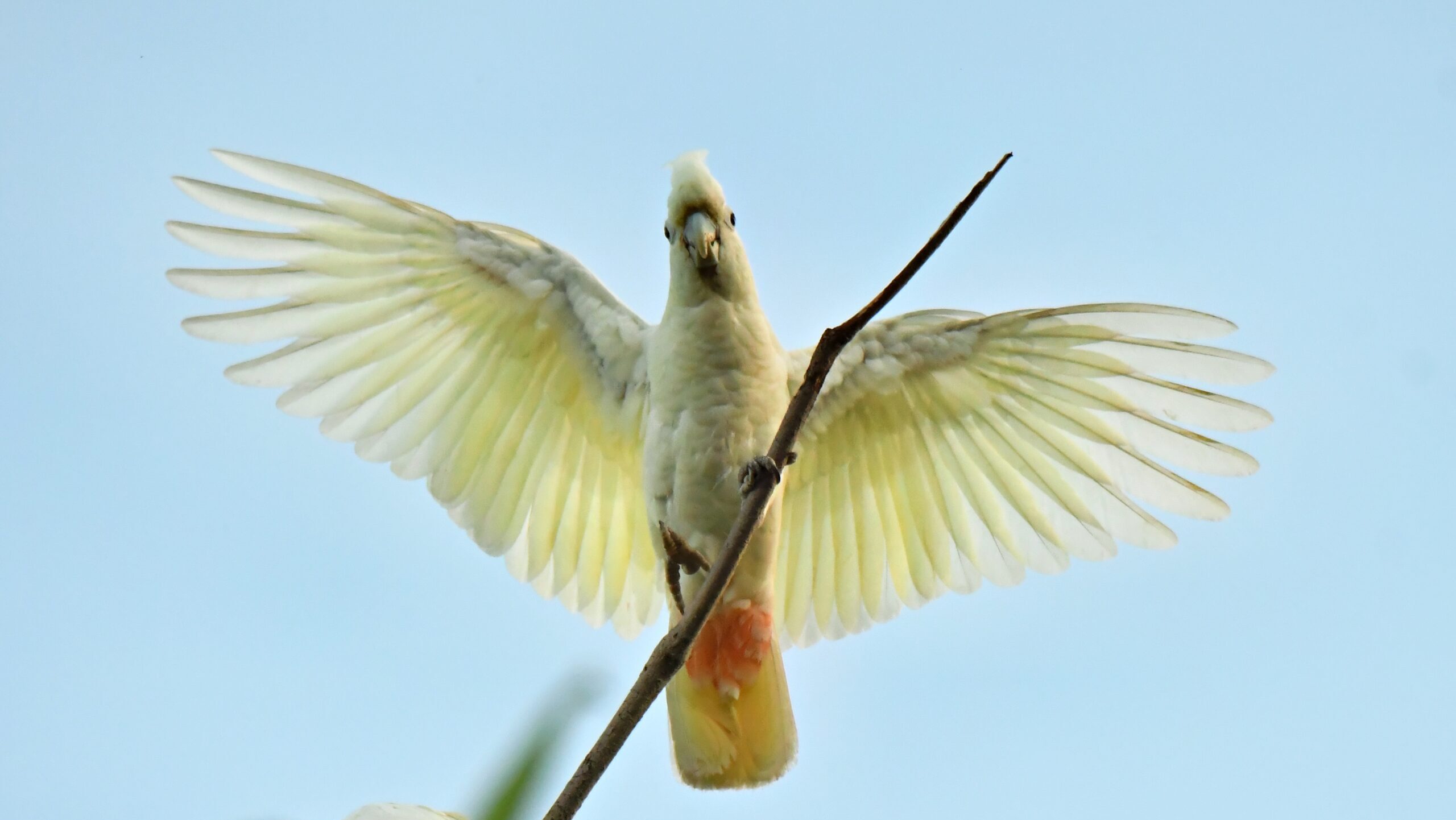

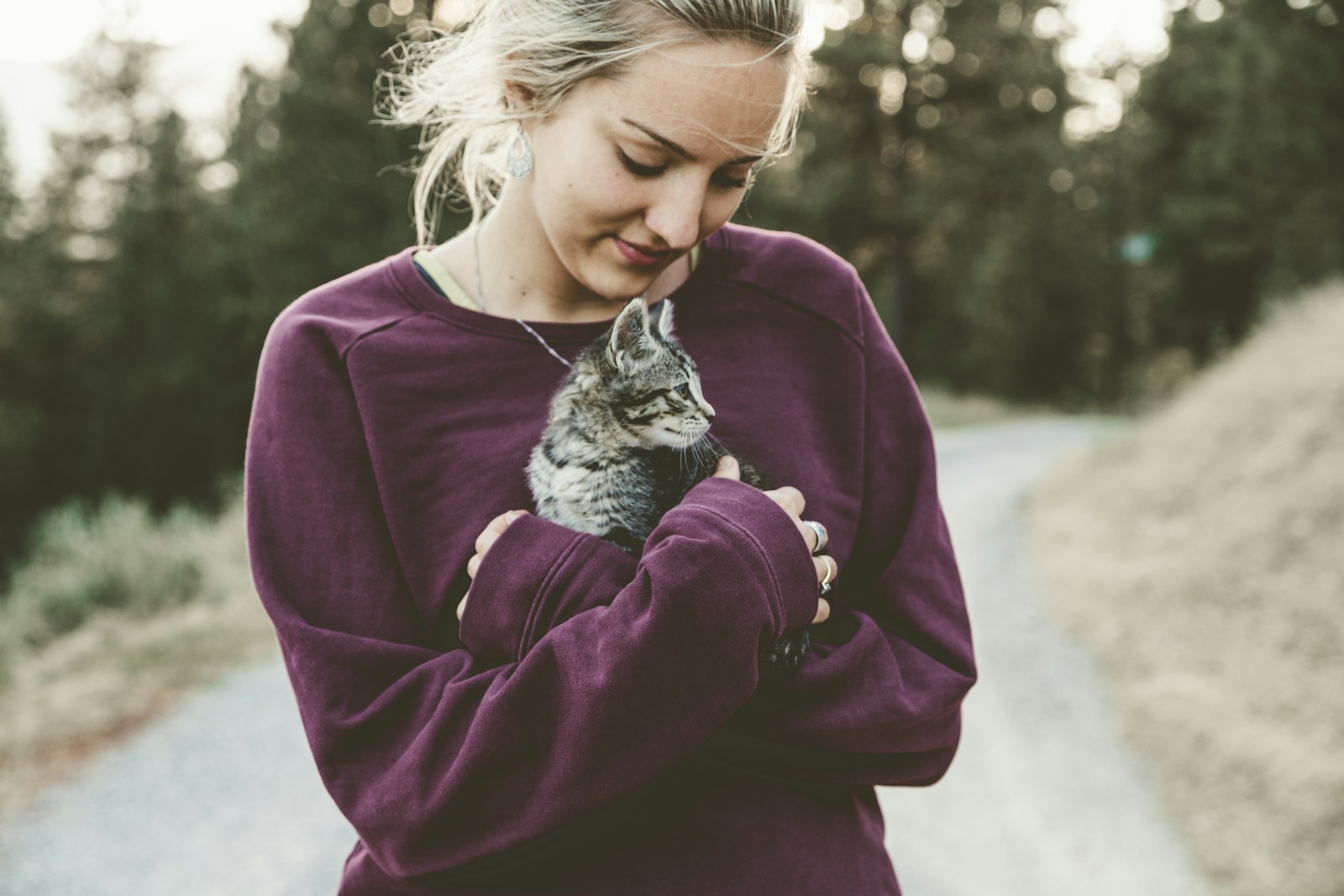






Leave a Reply